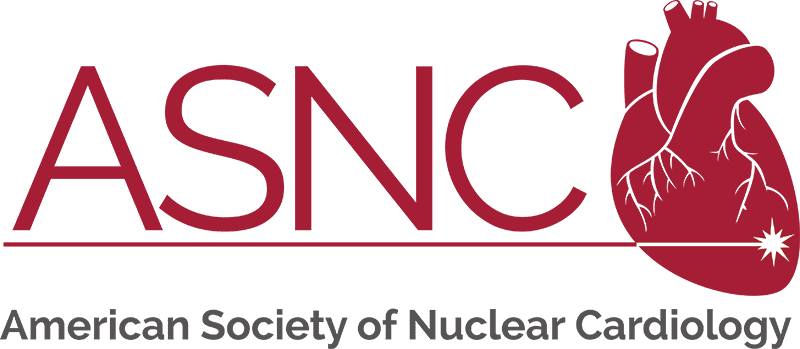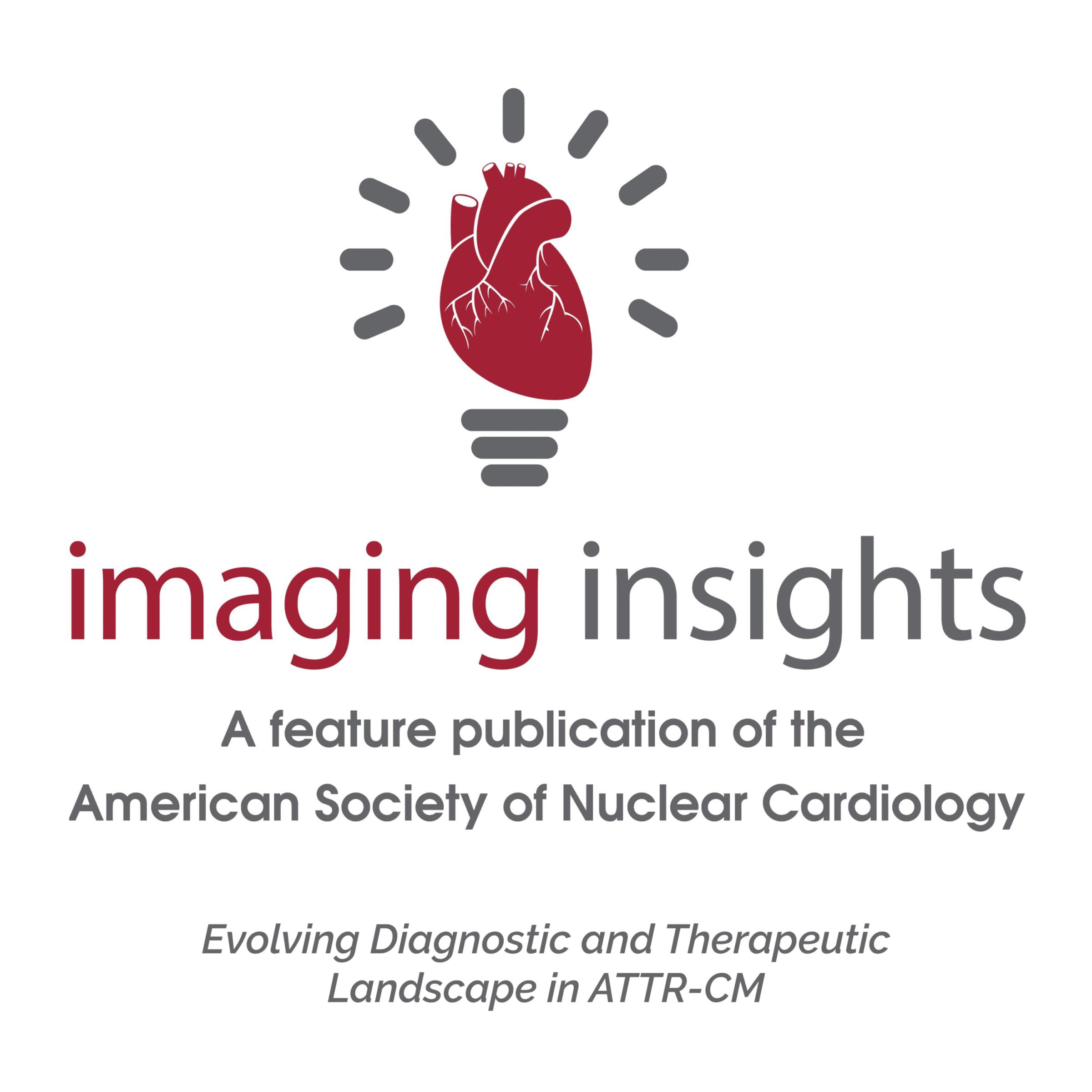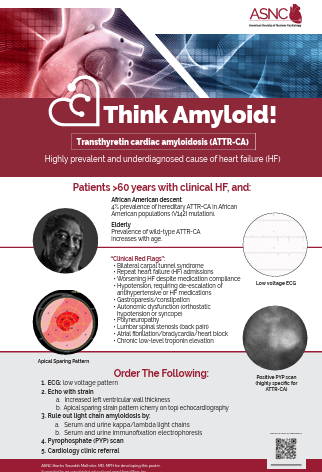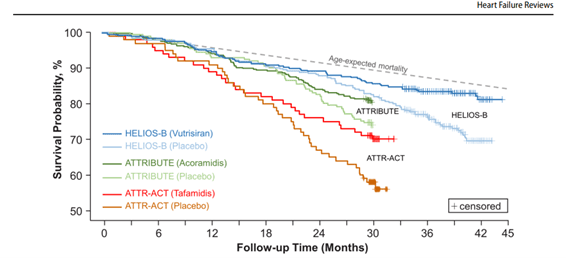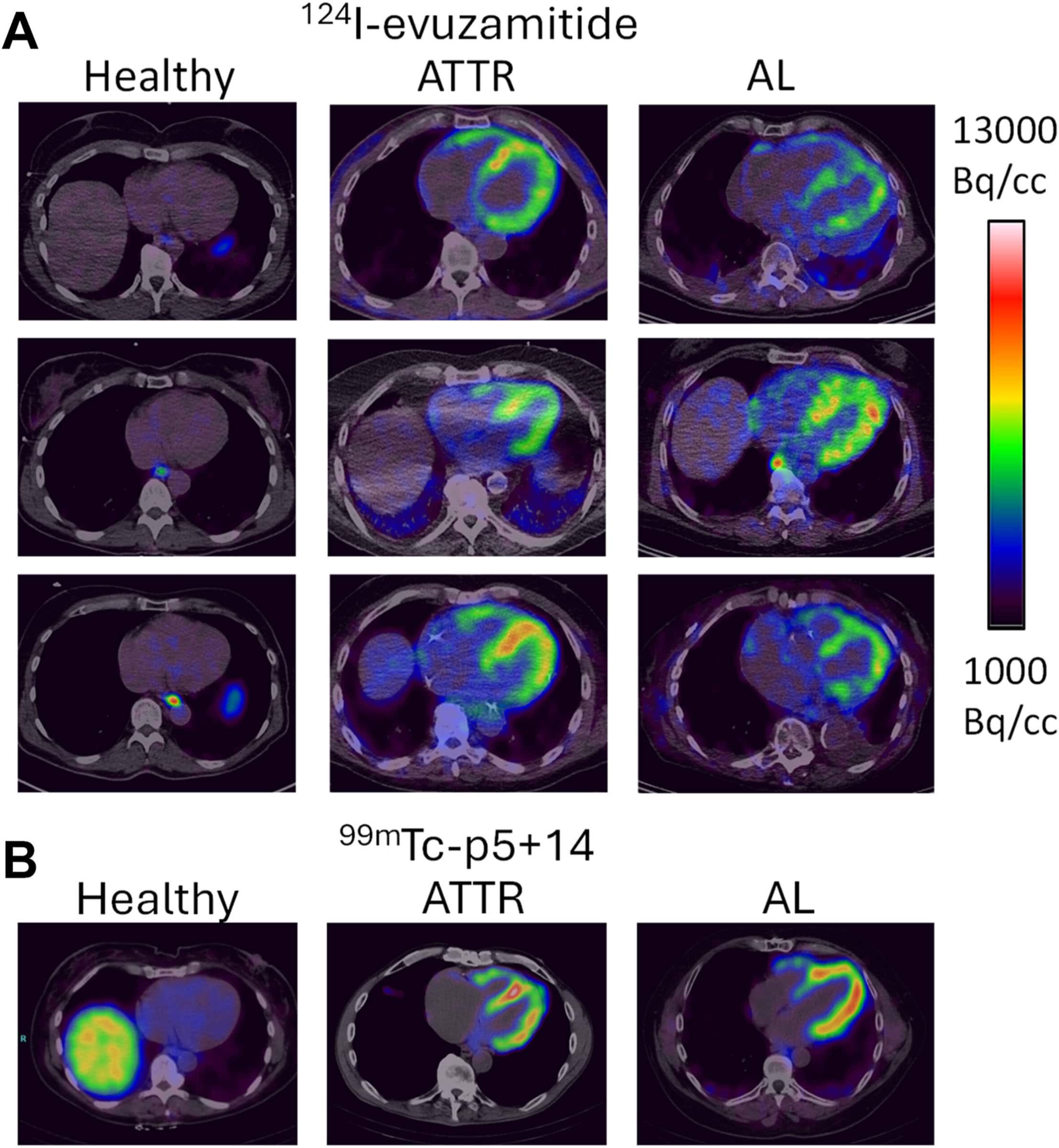
Looking for Cardiac Amyloidosis in Your Community:
3 Approaches That Work for Busy Practices
Despite breathtaking advancements in the diagnosis and treatment of cardiac amyloidosis, a major hurdle for clinical practices is early detection – finding the individuals who should be tested for cardiac amyloidosis so they can get started on their journey toward effective management as soon as possible. Try these approaches to accelerating early detection in your community.
Early Diagnosis and Treatment Put Age-Expected Longevity within Reach for Patients with ATTR-CM
The field of cardiac amyloidosis has progressed at remarkable speed, but there are still many unanswered questions, among them how clinicians could evaluate a patient’s response to therapy and then, based on the evaluation, adjust treatment. A new analysis is hinting at how new therapies are bringing mortality rates for ATTR-CM patients in line with those of the U.S. general population.
Sponsored by Alnylam Pharmaceuticals.
Pan-Amyloid Tracers Coming! How Will They Change the Landscape?
In studies presented at ASNC2025, two investigational radiotracers – the PET/CT radiotracer 124I-evuzamitide and the SPECT agent 99mTc-p5+14 (AT-05) – demonstrated high levels of sensitivity and specificity for detecting cardiac amyloid in ATTR and AL patients. How might these tracers transform the cardiac amyloidosis landscape? Here are takeaways from ASNC’s conversation with the biochemist whose team invented the peptide on which both tracers are built.
Discover ASNC's Cardiac Amyloidosis Resource Center
ASNC is the premier source for education and quality in the rapidly expanding area of cardiac amyloidosis.
Visit the Cardiac Amyloidosis Resource Center to find the latest educational tools, expert guidance, and practical resources designed to help you stay at the forefront of this evolving specialty.
